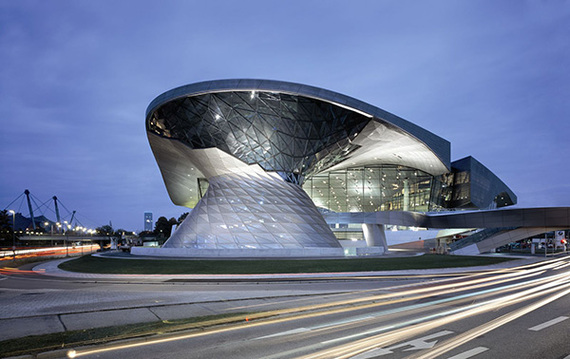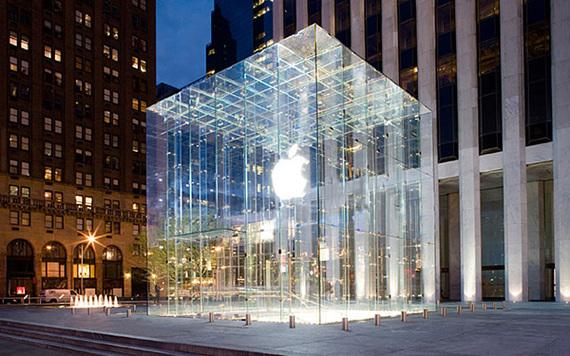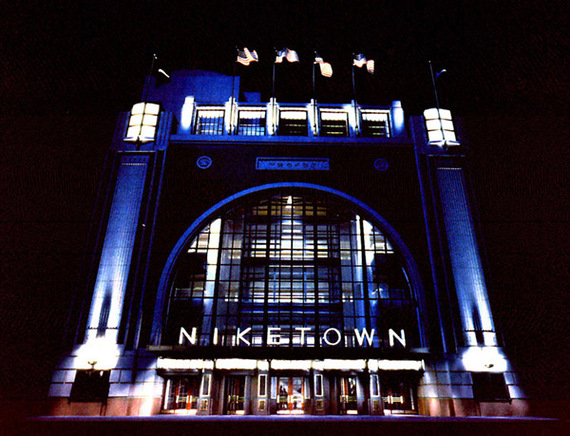Design-centric corporations can create an extra six and a half percent of value annually and design leaders create up to thirteen percent. So, they already know how to do design profitably. When compared to Big Data Analytics with six percent added value and supply chain management producing savings of three to seven percent, design makes exceptionally good business sense. So, let us look at the areas in which design can really provide the most "bang for your buck."
Good design, as apparent to the user, is a sign of design working at four levels, also called the Design Ladder. This requires design to be well integrated with strategy, coordination of stakeholders and activities, as well as, facilitation of procedures and an effective differentiation of the offering.
The equivalent of good design in the animal kingdom is the fitness of an individual animal. A healthy lion looks strong and vibrant and the females look for those males that are superior. The male, in turn, goes through an extraordinary amount of effort to display these characteristics.
Good design teams apply design to optimize all four rungs on the Design Ladder, corresponding to the nine Design Quality Criteria of a new venture that are grouped under Strategy, Context and Execution.
Good design, as measured by these Design Quality Criteria are internally as well as externally oriented. Applying the animal kingdom analogy again, the cardiovascular, immune and nervous systems all have to be well functioning in order for the skin, limbs and eyes to show up looking healthy, since the exterior reflects the working of the interior.
For a design-centered organization, the exterior of design is not limited to the offerings it provides. Together with marketing, public relations and their customer service relationships, their vision is communicated by creating powerful vision imagery through the use of design.
Design-centric organizations become beacons for their followers. Think BMW Welt, a multi-use exhibition center used for meetings and promotional events, and where buyers take delivery of BMW vehicles. Apple stores with their museum-like curation of products and Nike Town with its stories of sport stars using their equipment.
BMW Welt
Apple store New York
Nike Town
Studies of INDEX: Award finalists' attractiveness to venture capitalists show that the top one percent design performers, as assessed by the nine comprehensive Design Quality Criteria, that address Strategy, Context and Performance were up to forty-three percent more likely to be considered for funding.
A pilot study conducted by Copenhagen Business School showed how excellent design proves to investors that the startup has their act together. It is the "Peacock Effect" - signaling that the startup is more fit for selection.
The expression, 'God is in the Details,' attributed to Ludwig Mies van der Rohe, conveys that good design reflects focus on and execution of one's vision down to the most minute detail.
Although becoming design-centric can take a huge effort and be very costly, over time it provides a truly superior financial performance. As Dr. Ralf Speth, CEO of Jaguar states: "If you think good design is expensive, you should look at the cost of bad design."



